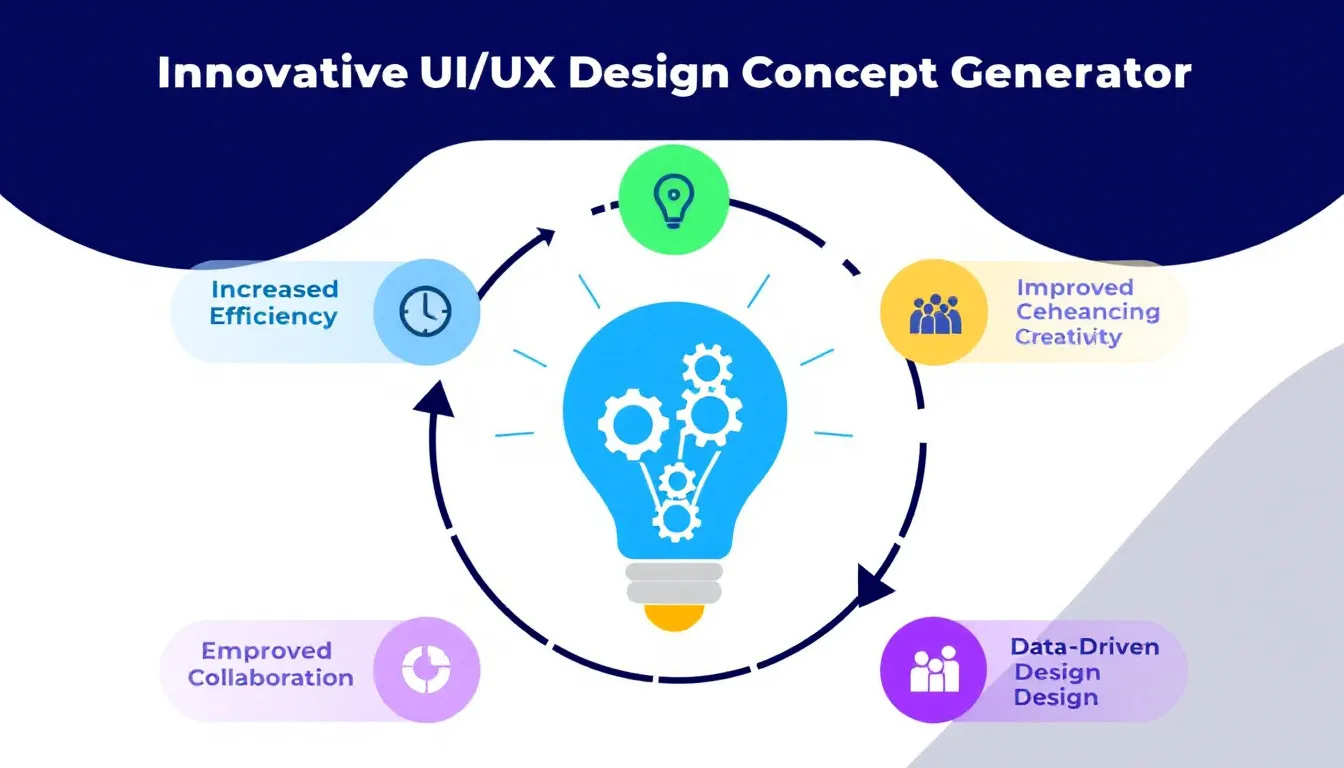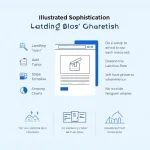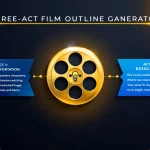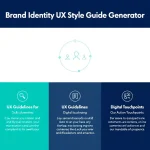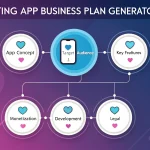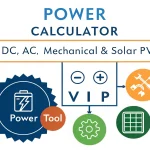Is this tool helpful?
How to Use the Innovative UI/UX Design Concept Generator Effectively
This Design Concept Generator helps you create tailored UI/UX ideas for your website or app. To get the best results, provide clear and specific information in each field. Here’s a guide on how to complete the form:
-
Type of website or app: Enter the kind of digital product you’re working on. For example:
- Online event management platform
- Subscription-based meal delivery app
-
Brand identity description: Summarize your brand’s personality and values. For example:
- Minimalist, tech-savvy, customer-first
- Authentic, community-driven, eco-conscious
-
Key user needs: Highlight the main requirements or preferences your users have. For example:
- Fast checkout with multiple payment options
- Customizable notifications and reminders
-
UI/UX trends or technologies to consider (Optional): Mention any specific styles or tools you want to focus on, such as:
- Micro-interactions
- Neumorphism design
-
Unique selling points or features (Optional): Describe features that differentiate your brand, like:
- Real-time collaborative editing
- Zero-waste packaging initiative
Once you’ve filled out the form, click Generate Design Concepts. The tool will produce creative UI/UX ideas tailored to your input, helping speed up your design process.
Introducing the Innovative UI/UX Design Concept Generator
The Innovative UI/UX Design Concept Generator is a smart tool that produces creative and relevant design ideas for websites and apps. It uses advanced algorithms to analyze your provided details and generates concepts that align with your brand identity and target users.
Purpose of the Tool
This generator aims to assist UI/UX designers, product managers, and creative professionals by providing a pool of design ideas quickly. It tackles the challenge of brainstorming by offering fresh concepts that balance innovation with usability.
Benefits You’ll Gain
- Save time: Quickly generate multiple design ideas, speeding up your initial concept phase.
- Boost creativity: Access varied ideas that inspire new design directions.
- Stay current: Incorporate up-to-date UI/UX trends and emerging technologies.
- User-focused concepts: Ensure designs meet your users’ needs and improve engagement.
- Keep brand consistency: Generate ideas that reflect your brand values effectively.
- Diverse insights: Get ideas inspired by various cultural and creative perspectives.
Practical Usage of the Design Concept Generator
This tool fits many project types across different industries. Here are a few common use cases demonstrating its value:
1. SaaS Platform UI Refresh
You’re updating a software-as-a-service platform to make it more intuitive and modern. Enter your brand identity as “Reliable, user-centered, innovative,” and state user needs like “Quick onboarding” and “Detailed analytics dashboards.”
- The tool might suggest a modular dashboard with drag-and-drop customization.
- It might recommend interactive tutorials integrated into the platform.
- Ideas like a dark mode toggle and real-time collaboration tools could also appear.
2. Mobile Healthcare App Design
You’re building a healthcare app targeted at seniors. Describe your brand as “Compassionate, accessible, trustworthy,” and list user needs including “Easy navigation” and “Medication reminders.”
- The generator may propose large, readable fonts and simple menu structures.
- An emergency alert feature with voice commands could be suggested.
- It might introduce a health diary with visual progress tracking.
3. Travel Experience Marketplace
You want to create a platform connecting travelers with local experiences. Choose a brand identity like “Adventurous, authentic, eco-friendly,” and user needs such as “Tailored experience recommendations” and “Easy booking.”
- Ideas might include personalized AI trip planners.
- The tool could suggest social sharing features to build community.
- It may propose an interactive map with eco-score badges for experiences.
4. Educational App for Language Learning
You’re designing an app to help users learn new languages. Use brand identity terms like “Fun, approachable, effective” and mention user needs like “Progress tracking” and “Daily practice reminders.”
- The tool could suggest gamified lessons with achievement badges.
- It might generate concepts for voice recognition to improve pronunciation.
- Adaptive learning paths customized to user pace could be included.
5. Fintech Investment App
For a fintech app aimed at new investors, describe your brand as “Transparent, educational, empowering,” and specify user needs such as “Simple portfolio views” and “Investment tips.”
- The generator could propose an AI-powered advisor chatbot.
- Visual goal trackers with simulated investment outcomes might be suggested.
- Ideas for social investing groups and community polls may also appear.
How This Tool Addresses Common UI/UX Challenges
Overcoming Creative Blocks
You can face creative blocks even when time is tight. This generator feeds you new ideas, helping you break free and move forward without delay.
Balancing Innovation and Usability
Innovative designs must stay user-friendly. The tool balances the latest trends with core usability principles, ensuring concepts are both fresh and intuitive.
Ensuring Brand Consistency
Your designs need to reflect your brand accurately. This tool factors in your brand’s identity to produce concepts that reinforce your image consistently.
Integrating New Technologies
Keeping up with emerging UI/UX tech is tough. The generator suggests relevant trends and technological features that fit your project’s context.
Meeting Diverse User Needs
User preferences vary widely. By incorporating your input, the tool creates design ideas that enhance accessibility and inclusivity.
Important Disclaimer
The calculations, results, and content provided by our tools are not guaranteed to be accurate, complete, or reliable. Users are responsible for verifying and interpreting the results. Our content and tools may contain errors, biases, or inconsistencies. Do not enter personal data, sensitive information, or personally identifiable information in our web forms or tools. Such data entry violates our terms of service and may result in unauthorized disclosure to third parties. We reserve the right to save inputs and outputs from our tools for the purposes of error debugging, bias identification, and performance improvement. External companies providing AI models used in our tools may also save and process data in accordance with their own policies. By using our tools, you consent to this data collection and processing. We reserve the right to limit the usage of our tools based on current usability factors.
